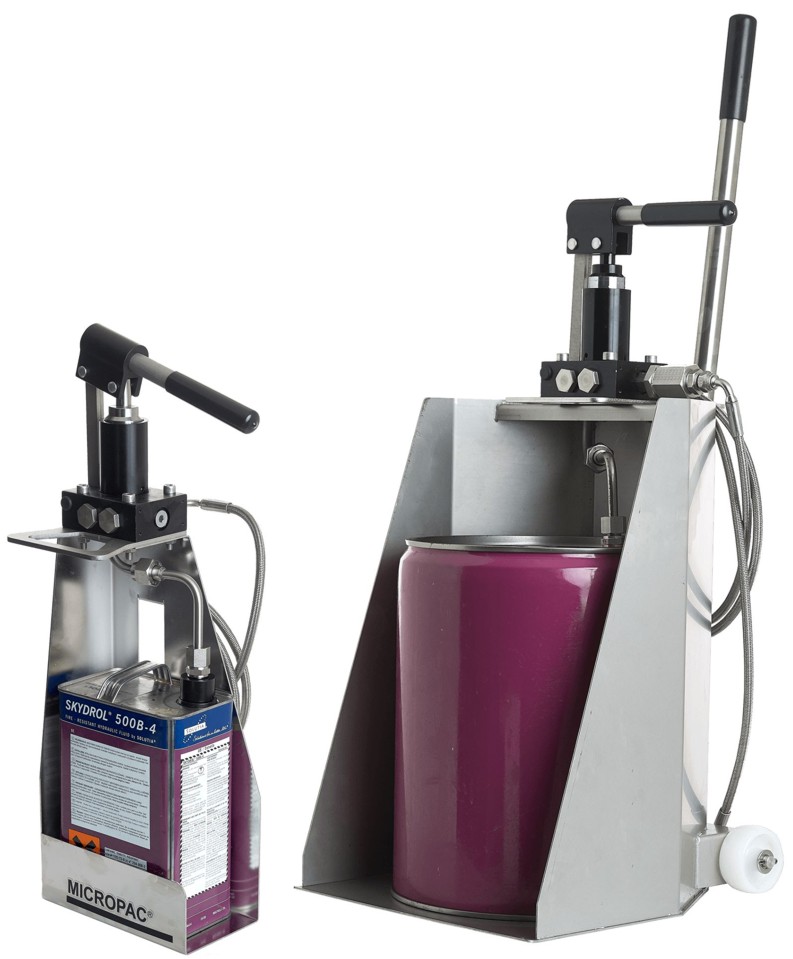“Make it all in 316 stainless”. Unfortunately that is not practical in the majority of marine installations. If you are using commercial hydraulic components and are not immersed or in a splash zone, you will use a strategy of protecting parts. Anything static can have various finishes applied, with incredible results. Where you start to run into problems is where you have mechanisms with pivots and components overlapping each other in use. Once you look at hydraulic components, you focus in on problems with spindles, shafts and actuators.
I think that a customer has to decide what level of corrosion resistance is required. In the limit, I cannot see the point of a component that seizes up within weeks. You are then fighting a battle to continually replace the part, knowing that it has a short service life. There may be a component that seems to last, say a year and can be swapped out every refit. There is a balance of probability that it will last. I suppose an issue is that in our global market, what you fitted twelve months ago may not be made from the same materials as the one you are fitting now.
Once you start tackling corrosion on specialist hydraulic components at an engineering level, you can work at different levels.
A first step may be to carry out a FMEA (Failure mode effect analysis) for the component and consider what the implications are of various parts seizing up. You might end up taking a view that, for example upgrading a piston rod to 316 stainless or reworking a mechanism with non metallic bushes is strong protection at minimal cost. Clearly development risk is an issue, so you don’t replace one unknown with another.
How important is it to have a “properly engineered” solution for a punishing marine environment? Again, if it is possible to offer this to a customer at a cost, they can then develop their methodology as to what they end up selecting.
On Sarum Hydraulics Micropac hand pumps, we offer a whole range of levels of corrosion protection, utilising know how built up over 30 years. A 316 stainless steel hand pump will not be for everybody, so there are many solutions in between. Epoxy coated steel and a 316 stainless mechanism? Yes, this can work incredibly well. Just be very careful of what you are painting and what not. Using a highly corrosion resistant cartridge pump in a steel manifold block. Again, very sound as the high risk part is very durable. Even on our lowest cost units, you know what standard they are built to so can make a judgement.
It is obvious that wind farms at sea are here to stay and massive numbers of hydraulic system using commercial parts need the input of enough corrosion protection experience from vendors to offer acceptable service lives and safe operation.
Sarum Hydraulics Limited has 30 years of hydraulic design knowledge and their flagship Micropac brand offers quality and unrivalled engineering support. The company provides bespoke hydraulic design and OEM solutions to customers throughout the world and across a spectrum of industries. Contact us with your corrosion issue.







Leave A Comment